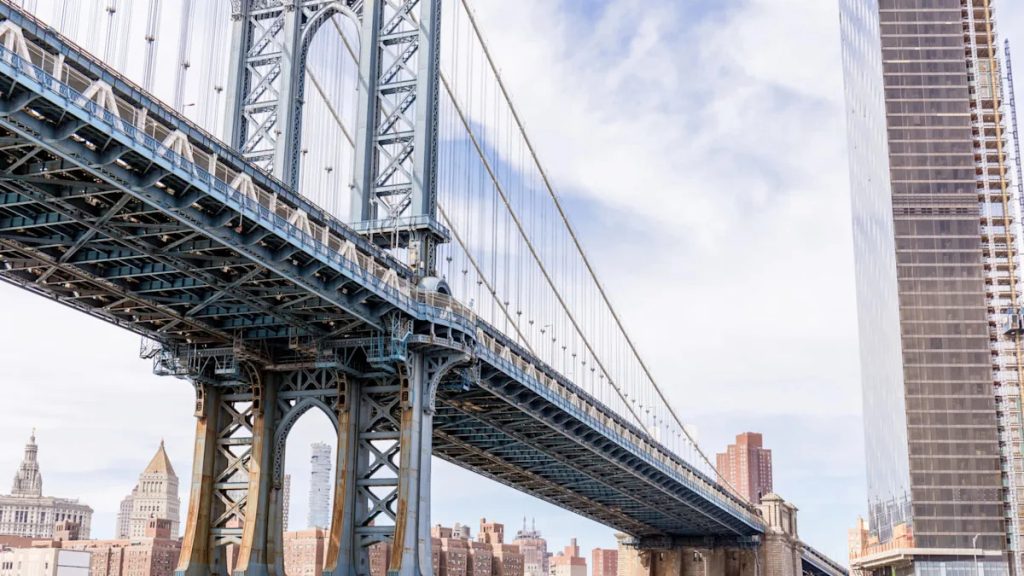If you’ve driven in America, then you’re aware that many of the bridges in the country are deteriorating. In fact, according to the American Society of Civil Engineers’ 2025 Report Card for America’s Infrastructure, an estimated half of the 623,218 bridges in the U.S. are in significant stages of deterioration.
The report card showed that 49.1% of American bridges are only in “fair” condition, while 6.8% are considered in “poor” condition. The estimated cost to repair all of these deteriorating bridges? $191 billion.
However, MIT News reported that a team of researchers from the University of Massachusetts at Amherst and the MIT Department of Mechanical Engineering may have created what could be a solution to America’s failing bridge crisis.
The team recently completed an in-field case study in Massachusetts, which successfully showed that patches for bridges could offer an incredibly cost-effective solution while also being minimally disruptive to the flow of traffic.
The technique used to do the proof-of-concept repair in Massachusetts is known as cold spray. It works by accelerating powdered steel particles in heated, compressed gas, which workers then apply in layers to areas of corroded steel.
By reinforcing these beams with new steel, the beams’ thickness and other structural properties are restored, and since it will increase the life span of materials, this method of repair could reduce the production of steel beams, leading to less carbon pollution.
Watch now: Does clean energy really cause blackouts?
This method of reinforcement has already proved to be usable in patching large structures such as airplanes and submarines, but this is the first time it has been tried out on a bridge.
The proof-of-concept repair builds on many years of research between MIT and UMass teams. Previously, the teams have developed a “digital thread” approach to scan deteriorating beams and determine the materials used in them, as well as completed lab studies of cold spray.
The Massachusetts Department of Transportation contributed to the project, too, by helping to identify problem areas and providing support for the technology’s creation. Additionally, the Massachusetts Manufacturing Innovation Initiative supported the project via equipment.
MIT News reported that Simos Gerasimidis, associate professor of civil and environmental engineering at UMass Amherst, explained in a press release: “It’s a very Massachusetts success story.”
The bridge where the team did the repair patch is due for demolition in the next few years. After that has happened, the team will take the beam they applied the patch to back to the lab for further study.
According to MIT News, Gerasimidis stated: “Now that we’ve completed this proof-of-concept repair, we see a clear path to a solution that is much faster, less costly, easier, and less invasive. To our knowledge, this is a first. Of course, there is some R&D that needs to be developed, but this is a huge milestone to that.”
Join our free newsletter for weekly updates on the latest innovations improving our lives and shaping our future, and don’t miss this cool list of easy ways to help yourself while helping the planet.

